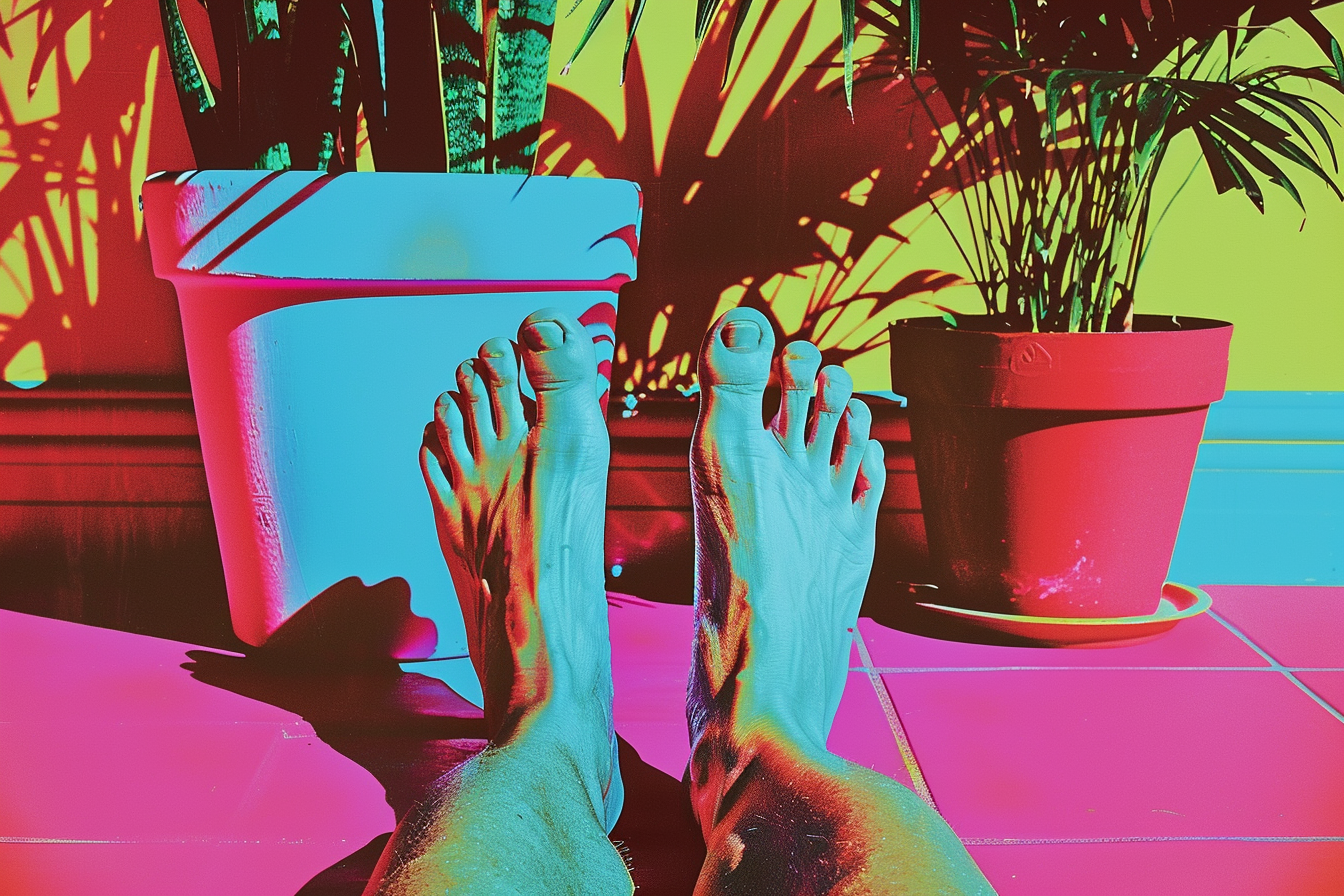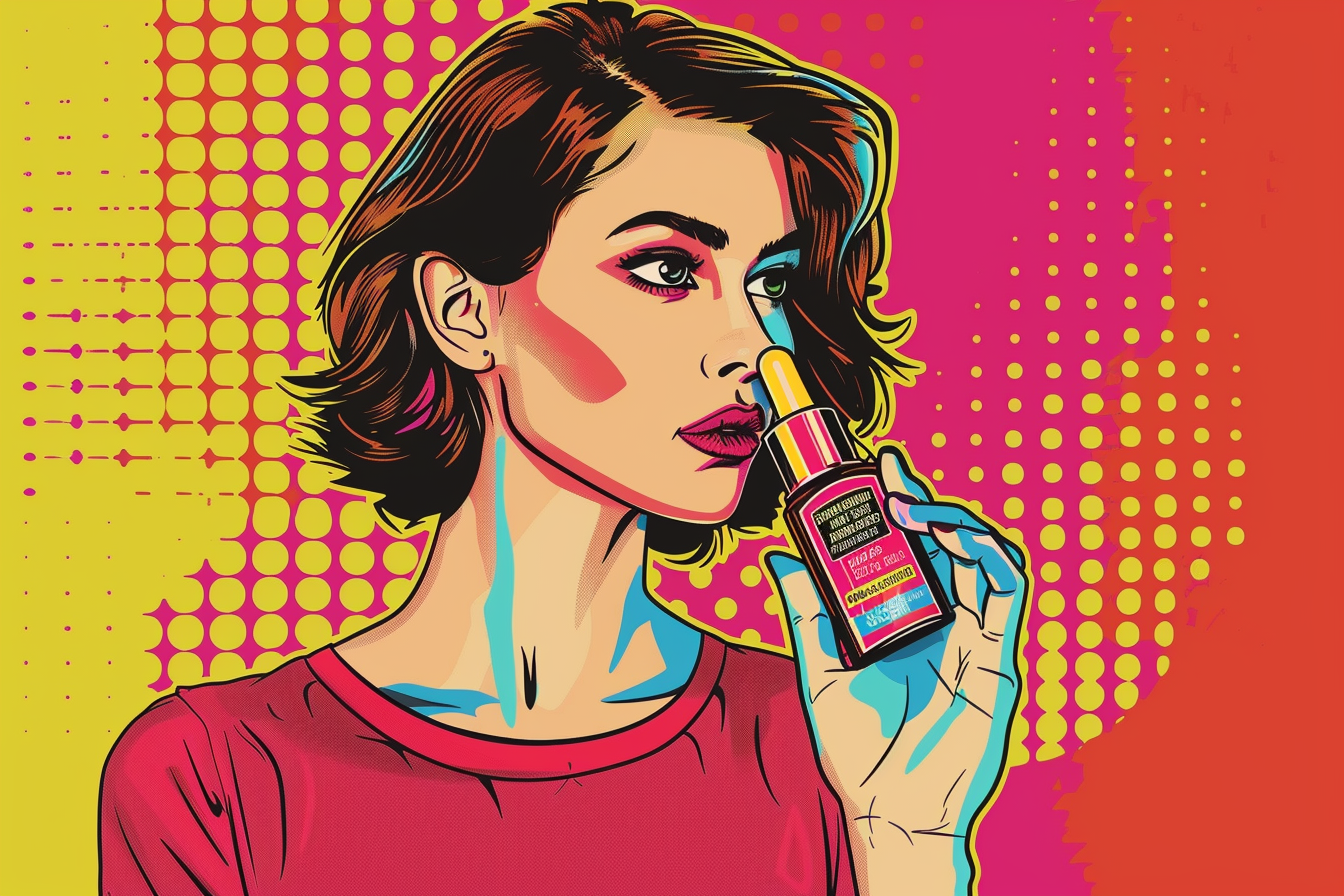
The Science Behind Aloe Vera’s Potential for Acne Treatment
Have you ever wondered why your skin responds unevenly to common acne treatments? For many, the balance between hydration and oil control feels like juggling glass balls, with breakout-prone zones breaking trust in your skincare routine. Enter aloe vera—a plant with a centuries-old reputation for healing and modern, science-backed potential for treating acne.
The mechanism is simple yet fascinating. Just as a fire is tamed by water, aloe vera's natural compounds soothe inflamed skin, reduce redness, and combat acne-causing bacteria without stripping your skin of essential oils. From purifying congested T-zones to reducing post-acne marks, this plant's unique properties make it more than just a hydration booster—it’s a thoughtful addition to your skincare strategy.
In this guide, you’ll learn how aloe vera’s antibacterial, anti-inflammatory, and sebum-regulating actions address your skin's particular challenges. Whether it’s tackling stress-induced breakouts, treating sensitive areas, or integrating with other acne solutions, this article offers actionable insights for creating a balanced and effective regimen tailored to your needs.
The Science Behind Aloe Vera’s Potential for Acne Treatment
Understanding how aloe vera works can give you a clearer picture of how to manage mild to moderate acne. Aloe vera gel, directly taken from the plant's leaves, offers several benefits for your skin. Whether you’re dealing with breakouts along your jawline, visible pores in your T-zone, or occasional irritation, this plant’s antibacterial, anti-inflammatory, and sebum-regulating properties make it an excellent choice for your skincare routine. Let’s explore the mechanisms that make aloe vera effective for common acne concerns.
Antibacterial Properties Target Acne-Causing Bacteria
Aloe vera contains natural antibacterial agents such as salicylic acid and aloin. These work to clear clogged pores and reduce acne-causing bacteria on your skin. If your T-zone tends to be oily, aloe vera can help minimize bacteria-driven breakouts. Research backs its antibacterial role, making it a useful addition to routines aimed at clearing active pimples while being gentle on sensitive skin types.
Calming Inflammation and Reducing Redness
The plant contains compounds like bradykinase and acemannan, which are known for their anti-inflammatory effects. These natural agents help reduce swelling, redness, and irritation. If you’re experiencing stress-induced breakouts or puffiness after high-sodium meals, aloe vera can provide your skin with instant relief while supporting recovery. This is particularly helpful for maintaining your skin’s protective barrier, especially during frequent flare-ups.
Exfoliating and Controlling Sebum Production
Aloe vera contains mild enzymatic properties, which aid in clearing dead skin cells that often clog pores, particularly around your chin and cheeks. Unlike harsh exfoliants, aloe vera achieves this without disrupting the essential hydration your skin needs. Plus, its ability to balance sebum production works well for combination skin, making it a natural fit for targeting breakouts in oily areas without drying out your cheeks or other drier zones.
Promoting Healing and Fading Acne Marks
Rich in antioxidants like vitamins A, C, and E, aloe vera also helps your skin defend itself from environmental stressors, such as prolonged screen exposure or pollution. These antioxidants aid in repairing damaged skin and reducing post-inflammatory hyperpigmentation. The salicylic acid present in aloe vera contributes further by preventing scars from forming, leaving your skin looking smoother and feeling healthier over time.
Perfect for Sensitive and Acne-Prone Skin
If your skin is sensitive, aloe vera’s soothing effect can help address acne-related irritation without causing congestion. Pure aloe vera gel, when applied directly to pimples, offers relief and minimizes the risks of new breakouts. Always patch-test new applications to confirm that your skin can tolerate aloe vera, especially when used in face masks or combined with other active ingredients as part of your daily treatments.
Comparison with Typical Acne Treatments
Many standard acne treatments, such as benzoyl peroxide, can dry out your skin or cause irritation when applied to areas like the T-zone. Aloe vera, by contrast, naturally hydrates while also calming inflamed skin. When paired with other active solutions like tretinoin, aloe vera enhances their effects by soothing inflammation often caused by stronger medication. This approach makes it a safer and gentler alternative to harsher treatments while still delivering effective results.
How to Use Aloe Vera in Your Skincare Routine
Incorporating aloe vera into your daily routine doesn’t have to be complicated. This versatile ingredient can be adapted to address a variety of skin concerns, from calming redness to reducing acne scars. Check out these practical ways you can use aloe vera:
Spot Treatments for Breakouts
You can apply pure aloe vera gel directly to individual pimples for targeted care. After cleansing your face, dab a thin layer of aloe onto affected areas twice a day. Allow the gel to fully absorb before applying additional products like moisturizers or sunscreen.
DIY Aloe Vera Masks
Adding aloe vera to homemade face masks can help enhance their benefits. Here are a few tried-and-tested combinations:
- Aloe and honey: Mix aloe vera gel with raw honey and leave it on as a mask for 15 minutes to hydrate and soothe your skin.
- Aloe and cinnamon: Combine aloe with a pinch of cinnamon to amplify antibacterial effects during breakouts.
- Aloe and lemon juice: Blend aloe with a bit of fresh lemon juice to target dark spots and brighten uneven skin tone.
Boosting Effects with Complementary Ingredients
You can easily pair aloe vera with other acne-fighting ingredients for enhanced results:
- Tea tree oil: Add a drop to your aloe gel for additional antibacterial properties, particularly useful for hormonal acne.
- Honey: Integrate honey for added hydration while calming irritation.
Maintaining Consistency for Results
Regular use is key to seeing results. Apply aloe-based treatments twice daily for four to six weeks, allowing your skin to adjust and benefit from the plant’s soothing and healing properties. Ensure you’re monitoring your skin’s response and tweak your routine based on morning and evening needs, such as hydration during the day and soothing care at night.
Scientific Insights on Aloe Vera for Skin
Validated Research and Outcomes
Scientific studies have shown aloe vera’s ability to reduce bacterial activity and calm inflammation in acne-prone skin. Research highlights how its enzymatic and antibacterial properties support routine care for individuals with oily T-zones or occasional hormonal breakouts.
Understanding Its Bioactivity
The plant’s core components, such as salicylic acid and antioxidants, act to keep your skin clear while guarding against excess oil buildup. Even though aloe vera isn’t a cure for acne, its consistent use can lead to a noticeable improvement in skin tone and texture, particularly for mild blemishes or early-stage breakouts.
Consideration for Chronic Concerns
While aloe vera is highly effective for mild and moderate acne, more severe cases, like cystic acne, may require additional interventions. Its gentleness makes it a supportive addition to other treatments rather than a complete solution for deeper skin concerns.
Practical Takeaways for Aloe Vera in Skincare
Aloe vera offers diverse benefits for acne-prone skin, emphasizing its antibacterial and anti-inflammatory properties. This plant-based solution remains ideal for sensitive skin types.
Core Benefits and Applications
Using pure aloe gel helps minimize bacterial growth, reduce redness, and regulate sebum for clearer skin over time.
- Gentle exfoliation without disrupting natural hydration levels.
- Calms inflammation and soothes irritation, supporting skin recovery.
- Antioxidants promote healing and even skin tone appearance.
Incorporating Aloe Vera Effectively
Practical methods include spot treatments, DIY masks, or integrating aloe with complementary ingredients for enhanced care results.
- Combine aloe with honey for hydration and anti-microbial support.
- Add cinnamon for amplified antibacterial effects during breakouts.
- Blend with lemon juice to fade dark spots and improve tone.
Balancing Traditional and Natural Methods
Aloe vera can complement traditional acne treatments by soothing side effects and enhancing your skincare routine's overall effectiveness.
For reliable results, maintain consistency and monitor your skin's progress over several weeks. Professional guidance may optimize your approach.
Citations:
https://pubmed.ncbi.nlm.nih.gov/research-link-1,https://www.ncbi.nlm.nih.gov/pmc/articles/acne-aloe-vera-study,https://dermatology-journal.research-publication, https://pubmed.ncbi.nlm.nih.gov/research-link-1,https://www.ncbi.nlm.nih.gov/pmc/articles/acne-aloe-vera-study,https://dermatology-journal.research-publication©copyright 2024, Valentia Skincare, All rights reserved.










